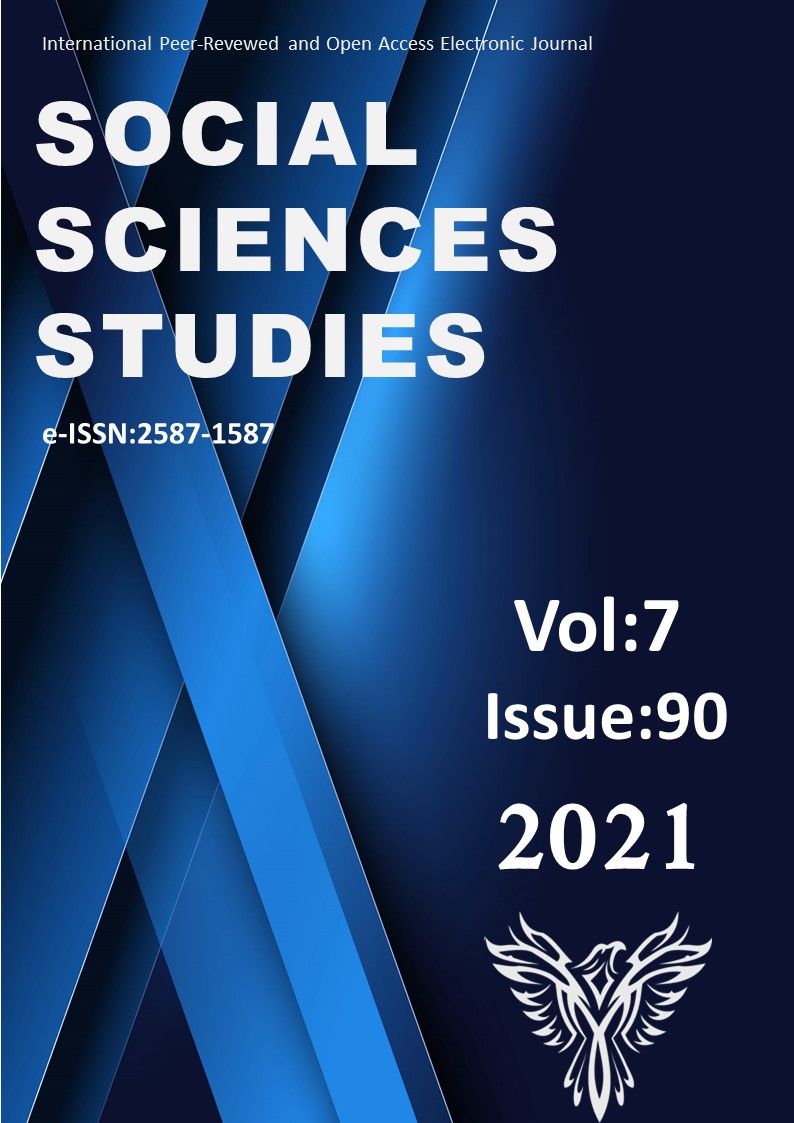Author :
Abstract
Havayolu yolcu taşımacılığı talebi, havayolu endüstrinin her alanında önem taşımaktadır. Hava taşımacılığının gelişmesine yön veren en önemli bileşenlerden birisi yolcu talebidir. Politikaların oluşturulmasında, fiyatlandırmada, pazarlama faaliyetleri ve yatırım kararlarının belirlenmesinde talep yapısının bilinmesi bir gerekliliktir. Sahip olduğu paylar yıllara göre küçük değişiklikler gösterse de Avrupa Bölgesi tüm havayolu yolcu pazarının % 26,8’ine sahip olan ve bu açıdan Asya Pasifik bölgesinden sonra ikinci sırada gelen önemli bir bölgedir. Bu çalışmada, Avrupa Bölgesi'nin havayolu yolcu talebini etkileyen önemli faktörlerin analiz edilmesi ve politika belirleyicilere yön gösterilmesi amaçlanmıştır. Bu amaçla, iki aşamalı sistem GMM tahmincisi ve 2009-2017 dönemi verileri kullanılarak, Ticari Yolcu Uçağı Sayısı, Ticari Havalimanı Sayısı, Turizm İşletmesi Sayısı, Ulaştırma Sektörü Tüketici Fiyat Endeksi, Kişi başına GSYİH, Kentli Nüfus Oranı ve Döviz Kuru değişkenlerinin 23 ülkenin Hava Yolcu Talebi üzerindeki etkileri analiz edilmiştir. Bulgular, önceki dönemdeki yolcu sayısının bir sonraki dönem yolcu sayısını açıklamada önemli bir faktör olduğunu göstermiştir. Ayrıca sabit etki tahmincisi, ulaştırma sektörü Tüketici Fiyat Endeksindeki Artışın, Şehirleşme Oranının, Kişi Başına GSYH’nın ve Kurlardaki Artışın havayolu yolcu taşımacılığını beklenildiği gibi olumlu etkilediğini ortaya koymuştur.
Keywords
Abstract
The structure of demand for air passenger transport is important in all areas of the airline industry. One of the most important components shaping the development of air transport is passenger demand. It is a necessity to know the structure for developing of policies, pricing, marketing activities and determination of investment decisions. Although its shares vary slightly over the years, the European Region is an important location that has 26.8% of the entire airline passenger market and ranks second after the Asia-Pacific region in this respect. In this study, it is aimed to analyze the important factors affecting the airline passenger demand in the European Region and to guide the policy makers. For this purpose, by using the two-stage system GMM estimator and the data for the period of 2009-2017, the variables of Number of Commercial Passenger Aircraft, Number of Commercial Airports, Number of Tourism Enterprises, Transport Sector Consumer Price Index, GDP per Capita, Urban Population Rate and Exchange Rate of 23 countries were determined and their effects on demand were analyzed. The findings indicated that the number of passengers in the previous period is an important factor for explaining the number of passengers in the next period. In addition, the fixed effect estimator showed that the increase in the Consumer Price Index of the transportation sector, the Urbanization Rate, the GDP Per Capita and the Increase in the Exchange Rates positively affected the air passenger transport as expected.
Keywords
- Alnıpak, S. & Kale, S. (2021). “Avrupa Bölgesinde Havayolu Yolcu Talebini Etkileyen Faktörler” International Social Sciences
- Studies Journal, (e-ISSN:2587-1587) Vol:7, Issue:90; pp:4948-4957 AVRUPA BÖLGESİNDE HAVAYOLU YOLCU TALEBİNİ ETKİLEYEN FAKTÖRLER 1 Factors Affecting Air Passenger Demand In European Region Dr. Öğr. Üyesi Serdar ALNIPAK Nişantaşı Üniversitesi, İİSB Fakültesi, Havacılık Yönetimi (İngilizce) Bölümü, İSTANBUL/TÜRKİYE ORCID ID: https://orcid.org/0000-0002-5722-9960 Doç. Dr. Süleyman KALE Kırklareli Üniversitesi, U.B. Fakültesi, Finans ve Bankacılık Bölümü, KIRKLARELİ/TÜRKİYE ORCID ID: https://orcid.org/0000-0001-7208-1872 ÖZET Havayolu yolcu taşımacılığı talebi, havayolu endüstrinin her alanında önem taşımaktadır. Hava taşımacılığının gelişmesine yön veren en önemli bileşenlerden birisi yolcu talebidir. Politikaların oluşturulmasında, fiyatlandırmada, pazarlama faaliyetleri ve yatırım kararlarının belirlenmesinde talep yapısının bilinmesi bir gerekliliktir. Sahip olduğu paylar yıllara göre küçük değişiklikler gösterse de Avrupa Bölgesi tüm havayolu yolcu pazarının % 26,8’ine sahip olan ve bu açıdan Asya Pasifik bölgesinden sonra ikinci sırada gelen önemli bir bölgedir. Bu çalışmada, Avrupa Bölgesi'nin havayolu yolcu talebini etkileyen önemli faktörlerin analiz edilmesi ve politika belirleyicilere yön gösterilmesi amaçlanmıştır. Bu amaçla, iki aşamalı sistem GMM tahmincisi ve 2009-2017 dönemi verileri kullanılarak, Ticari Yolcu Uçağı Sayısı, Ticari Havalimanı Sayısı, Turizm İşletmesi Sayısı, Ulaştırma Sektörü Tüketici Fiyat Endeksi, Kişi başına GSYİH, Kentli Nüfus Oranı ve Döviz Kuru değişkenlerinin 23 ülkenin Hava Yolcu Talebi üzerindeki etkileri analiz edilmiştir. Bulgular, önceki dönemdeki yolcu sayısının bir sonraki dönem yolcu sayısını açıklamada önemli bir faktör olduğunu göstermiştir. Ayrıca sabit etki tahmincisi, ulaştırma sektörü Tüketici Fiyat Endeksindeki Artışın, Şehirleşme Oranının, Kişi Başına GSYH’nın ve Kurlardaki Artışın havayolu yolcu taşımacılığını beklenildiği gibi olumlu etkilediğini ortaya koymuştur. Anahtar Kelimeler: Hava yolcu talebi tahmini, havacılık yönetimi, iki aşamalı sistem-GMM, lojistik yönetimi, Avrupa bölgesi ABSTRACT





